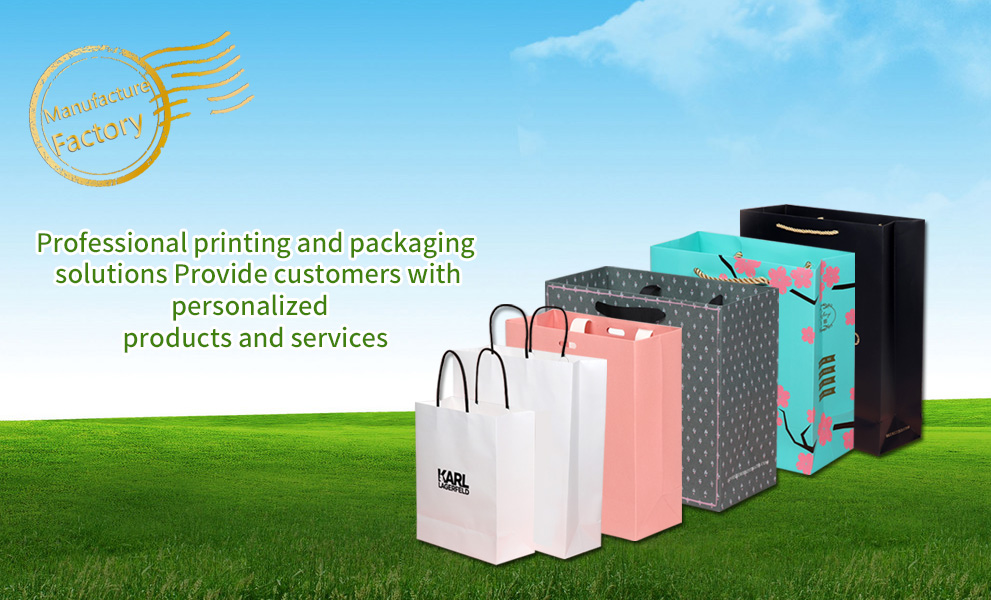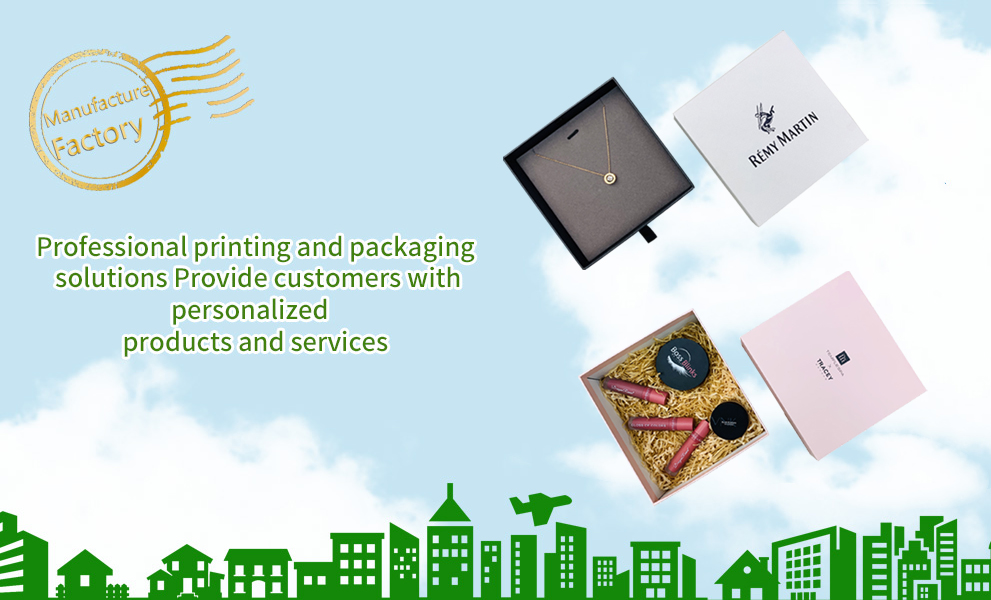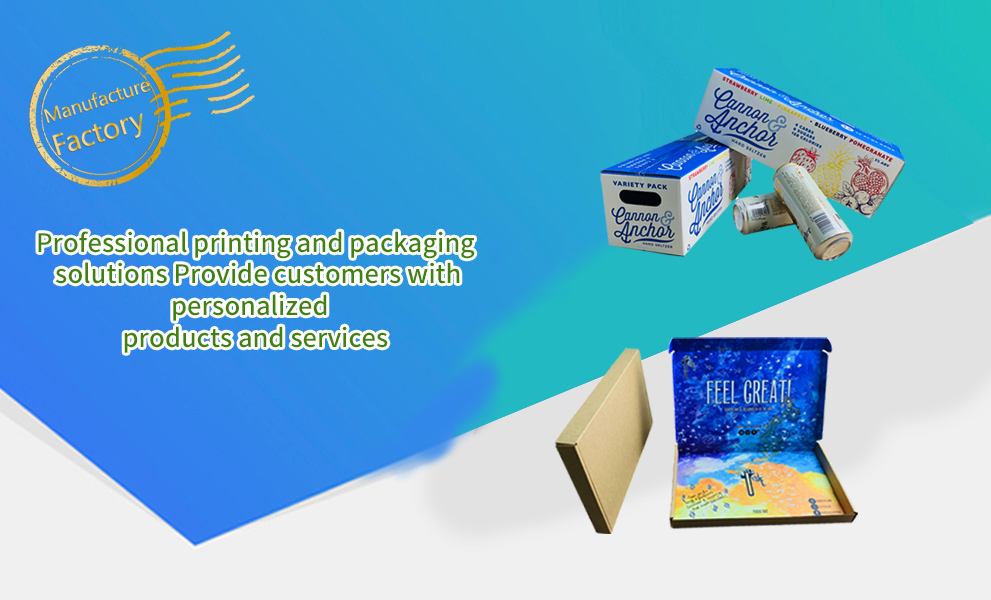What are the positive and negative version, the left and right wheel and the heaven and earth wheel?
Positive and negative version: a single card has two sides AB, a and B are arranged separately, and the positive and negative version is the positive and negative version;
Left and right wheels: a left and b right are arranged in one plate, which is the left and right wheels;
Heaven and earth wheel: one version of heaven and earth wheel is arranged above a and below B;
Or:
1 positive and negative version means two versions, one is positive, and vice versa
2. The left and right wheels are also called self turning. A plate turns the paper left and right.
3. Heaven and earth wheel, paper bite up and down, one positive and one reverse up and down, head to head or foot to foot.
As the saying goes, if it is in the composition, it is the difference between positive and negative printing, self turning and rolling.
Composition and closing
In our work, we will not always make 16K, 8K and other regular printed matter, especially the packaging box, small card (certificate of conformity) and so on. At this time, we need to pay attention to putting the finished product within the appropriate paper opening range as far as possible during the composition, so as to save the cost.
1. Let's first introduce the formal composition. Take the generous 16K cover as an example: according to the printing needs (such as quantity) and the limitations of printing plant equipment, 8K machines, 4K machines, different start-up and full sheet machines, we also need to make different adjustments according to the actual situation. Generally, 8K or 4K is enough, because we can use cover drying and spell drying on the split and full open printing machines, And solve it by turning over or positive and negative printing.
Fight 8K Version (side by side), fight 4K Version (head to head), and the bleeding edge is 3mm.
2. When making up a printed matter in the form of a single page, 6mm bleeding edge shall be reserved at the splicing part in the middle (vertical center line), that is, 3mm bleeding shall be reserved at the four sides of each single page (two cuts are required).
Note: if the printed matter you make has no bleeding pictures, shading, or completely one color shading, you can make it up according to the one size fits all method in the middle.
3. Generally, when making the mosaic of the envelope, we are used to putting the envelope together with the "tongue". This method is more paper-consuming (there is a blank that is not used), but the pattern continuity is good. Another method is that the cover belongs to the cover, and the "tongue" is done separately, so as to save paper, but one more "pasting work", that is, scrape more adhesive tape (or stick more double-sided adhesive tape) in the finished product.
4. The packaging box shall be assembled as tightly as possible on the premise of closing and opening. However, the packaging box involves many subsequent processes, and the box rolling (cutting out the edge and pressing the crease line) is the most critical. At this time, it shall be noted that the distance between the two nearest edge lines shall not be less than 3mm, otherwise it will be very troublesome when arranging the knife plate, so as to affect the product quality.
5. Tag cards and self-adhesive, etc
Something very annoying. But it's not difficult. Be careful and calculate the size. There are three categories:
(1) One size fits all (no bleeding). Similar to business cards, the outermost edge of the whole needs bleeding.
(2) Two knife cutting (including bleeding).
(3) Rolling box, punching and fillet (tool arrangement plate is required, and the spelling is the same as 2).
(4) The mixed type can be mixed in the closed and open layout when the required quantity is proportional.
6. Folding
It depends on whether you need 8p or 16p. Generally speaking, 8p is often bound by wireless binding, and 16p is often bound by sewing (large album).
The P number of picture books and books is generally a multiple of 4. Therefore, when we do folding samples, it is often enough to do one (main paste) to two (special paste).
When folding normally, remember that no matter how you fold, the lower right corner is the first page.
7. Binding
It is generally divided into horse riding binding, flat binding, sewing binding and wireless binding.
Our common magazines are horse riding bookings; Thread bound books and wire bound books belong to flat binding; Sewing and binding are often used in large picture albums, which are firm, but the binding speed is slow; Wireless binding is often used in high-grade small picture books. Too thick books are easy to degumm after folding for many times.











